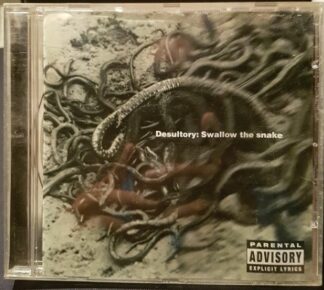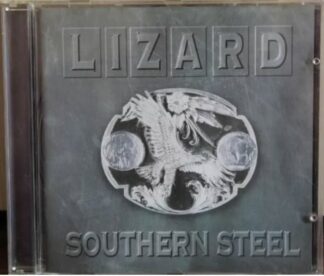Description
“Heaven for Everyone” is a song written by Queen drummer Roger Taylor. It originally appeared on his side project The Cross’s album Shove It, with Freddie Mercury as a guest vocalist, and it is the album’s fourth track.
Released October 23, 1995 and taken from the forthcoming “Made In Heaven” album, this is the first new Queen single after Freddie Mercury’s death. Originally recorded by Roger Taylors’ project band The Cross in 1987 with Freddie on vocals it was once described as the finest Queen song never released.
| Label: | Parlophone – 7243 8 82532 4 6, |
|---|---|
| Format: |
Cassette, Single
|
| Country: | UK |
| Released: | 1995 |
| Genre: | Rock, Stage & Screen |
| Style: | Pop Rock |
Tracklist
| A1 | Heaven For Everyone (Single Version) | 4:43 | |
| A2 | It’s A Beautiful Day | 3:52 | |
| B1 | Heaven For Everyone (Single Version) | 4:43 | |
| B2 | It’s A Beautiful Day | 3:52 |

![QUEEN: Heaven for Everyone [Tape] Check sample](https://yperano.com/wp-content/uploads/2016/03/11298-QUEEN-Heaven-for-Everyone-Tape-Check-sample-416x321.jpg)
![QUEEN: Heaven for Everyone [Tape] Check sample](https://yperano.com/wp-content/uploads/2016/03/11298-QUEEN-Heaven-for-Everyone-Tape-Check-sample-100x100.jpg)



![QUEEN: Heaven for Everyone [Tape] Check sample](https://yperano.com/wp-content/uploads/2016/03/11298-QUEEN-Heaven-for-Everyone-Tape-Check-sample-324x250.jpg)


Reviews
There are no reviews yet.